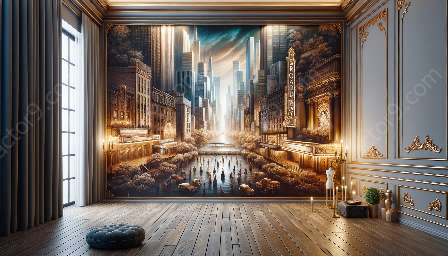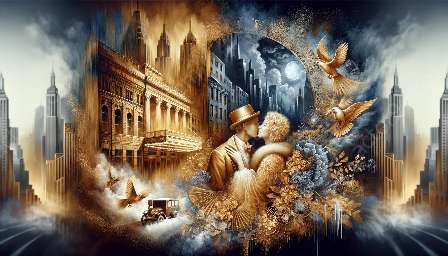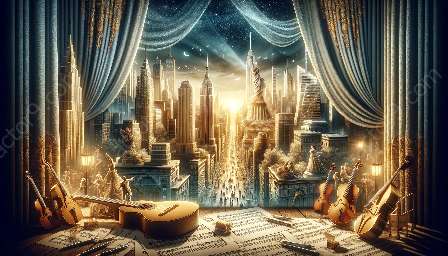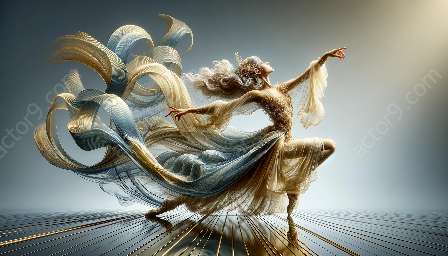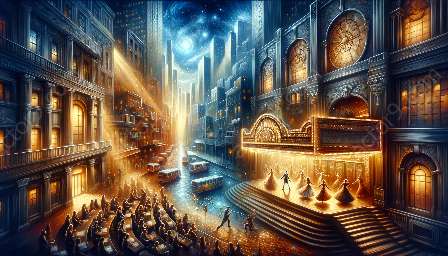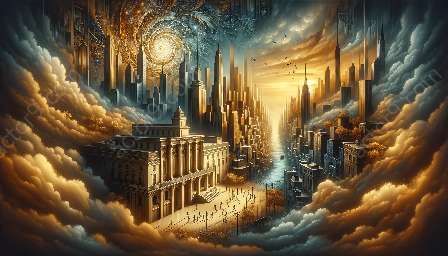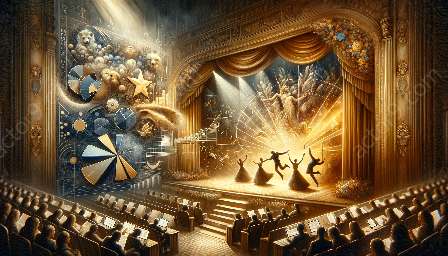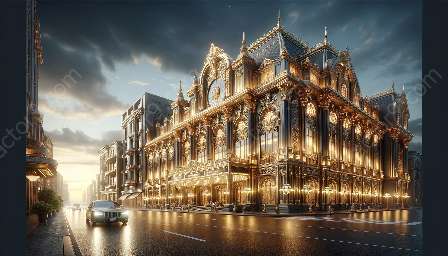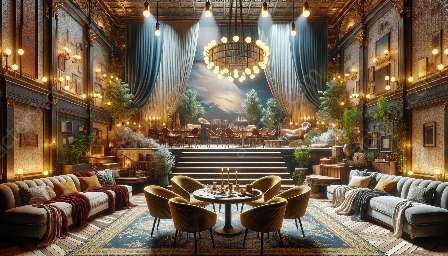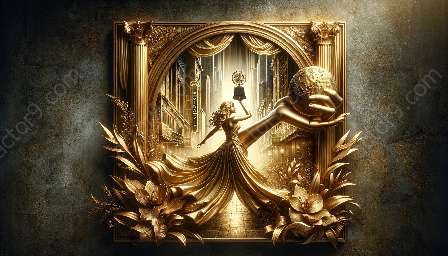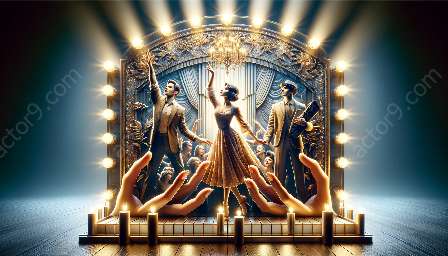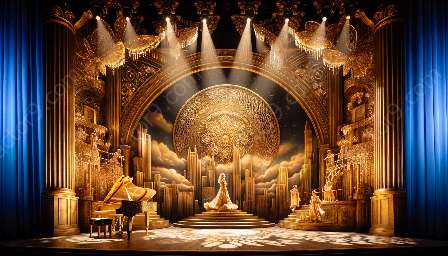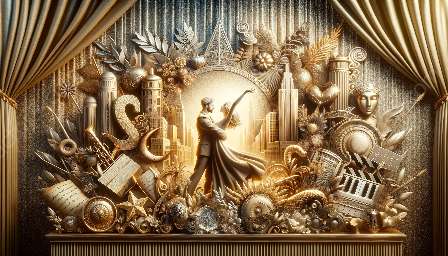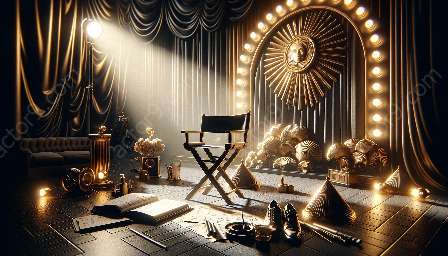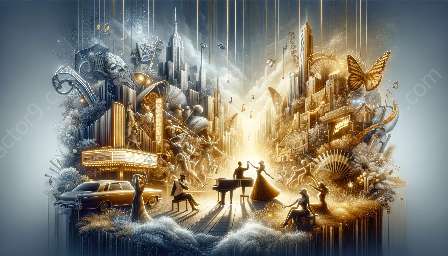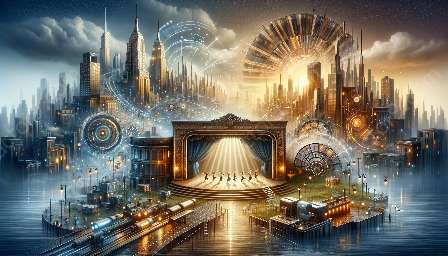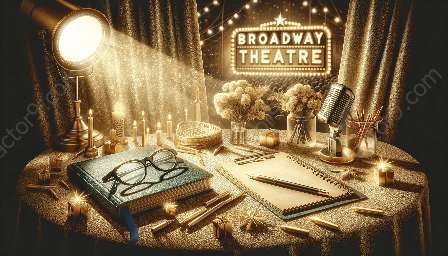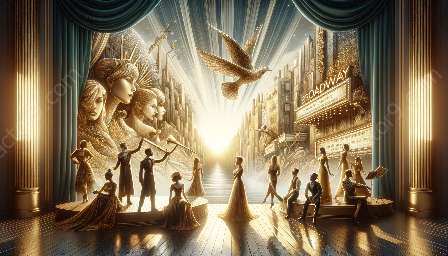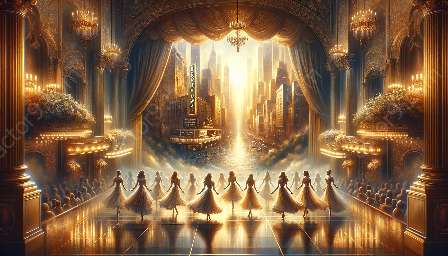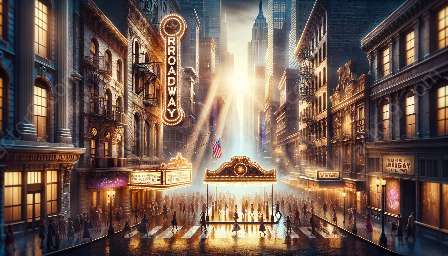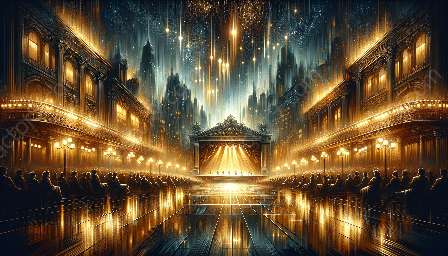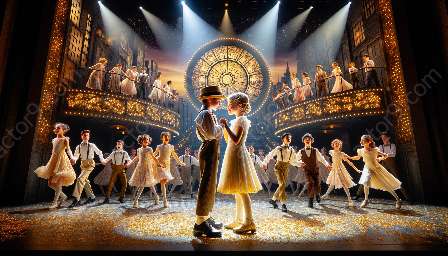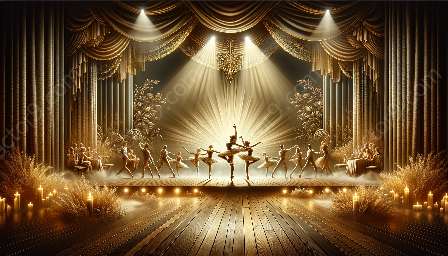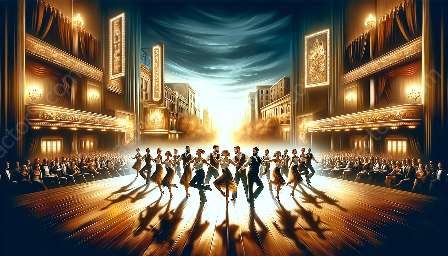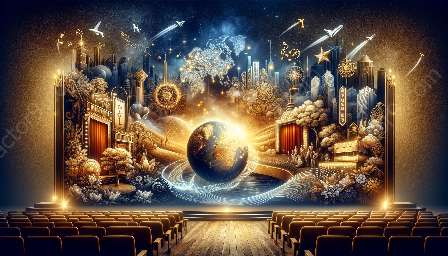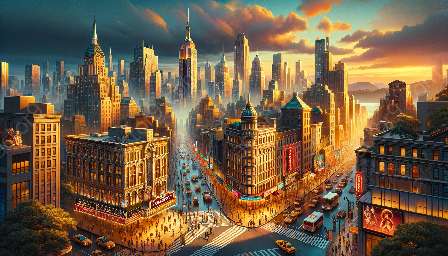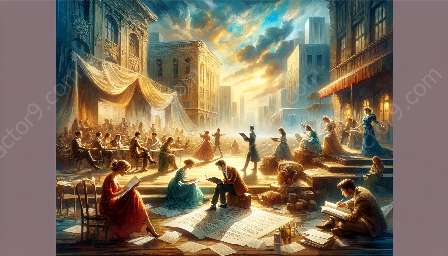Set and costume design play critical roles in shaping the overall impact of a musical theater production. Their contributions are integral to the success and immersive experience of various musical theater genres, including Broadway and other forms of musical theater.
Set Design
The set design in a musical theater production acts as a visual foundation that sets the stage for the storytelling and performance. It encompasses the physical environment, including the backdrops, platforms, props, and scenery, which all contribute to creating the world in which the characters and story unfold. Effective set design can transport the audience to different locations, time periods, and imaginary worlds, enhancing the overall theatrical experience.
Creating Atmosphere and Mood
Set designers use their artistic abilities to evoke specific atmospheres and moods that resonate with the themes and emotions of the musical. Whether it’s a grand, opulent set for a classic Broadway musical or a minimalist, abstract design for a contemporary production, the set serves as a canvas for the narrative, helping to convey the intended emotional impact of the story.
Enhancing Storytelling
In addition, set design can directly influence the storytelling by providing practical and symbolic elements that support the plot and character development. From intricate details that emphasize key plot points to dynamic set changes that facilitate smooth transitions between scenes, the set design works in tandem with the narrative, bringing the story to life visually.
Impact on Audience Engagement
An engaging and well-executed set design has the power to captivate and immerse the audience, intensifying their connection to the performance. By creating visually stunning and immersive environments, set designers help to sustain the audience's attention and curiosity, ultimately enriching their overall experience.
Costume Design
Costume design in musical theater is a vital component that enhances the visual storytelling and character portrayal. From elaborate period costumes to contemporary fashion ensembles, the costumes worn by performers convey essential information about the characters while complementing the overall aesthetic of the production.
Character Development
Costume designers work closely with directors and performers to create costumes that not only reflect the time period and setting of the musical but also deepen the audience's understanding of the characters. Every fabric choice, color palette, and accessory contributes to building a visual representation of each character's personality, social status, and narrative role.
Supporting Performance and Movement
Well-designed costumes not only reflect the characters' personalities but also facilitate the performers' movement and expressiveness on stage. Whether it's a flowing gown for a graceful dance number or tailored suits for a high-energy ensemble performance, costumes that are thoughtfully designed contribute to the fluidity and impact of the choreography and overall performance.
Visual Harmony and Impact
The coherence and visual appeal of the costumes contribute significantly to the overall impact of the production. Costume designers pay attention to detail, ensuring that the costumes align with the set design, lighting, and overall visual composition of the musical. Through the careful selection of fabrics, textures, and designs, they create a harmonious visual experience for the audience.
Conveying Cultural and Historical Context
In musicals that are set in specific historical periods or cultural contexts, costume design becomes an essential tool for accurately portraying the era and social milieu. Authentic costumes effectively transport the audience to different time periods, providing insight into the cultural norms, traditions, and fashion trends of the depicted settings.
Contributions to Musical Theater Genres
Both set and costume design contribute uniquely to the diverse genres within musical theater, adding depth, authenticity, and visual allure to each performance.
Classic Broadway Musicals
In classic Broadway musicals, set designs often feature opulent and intricate details that reflect the grandeur and spectacle of the shows. Elaborate backdrops, lavish costumes, and immersive set pieces transport audiences to the glamorous worlds of bygone eras, heightening the overall theatrical experience.
Contemporary and Experimental Productions
Contemporary and experimental musical theater productions often push the boundaries of set and costume design, aiming to create visually innovative and thought-provoking experiences for the audience. Minimalist sets, unconventional costume choices, and avant-garde designs challenge traditional norms and add a fresh, modern perspective to the genre.
Specialized Musical Genres
Set and costume design also adapt to cater to specialized musical genres such as rock operas, jukebox musicals, and concept musicals. Each genre presents distinct opportunities for designers to create visually impactful and genre-specific environments that complement the unique themes and musical styles.

